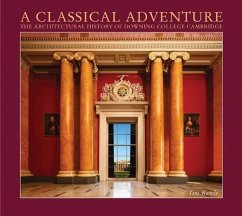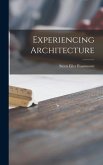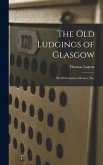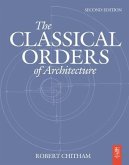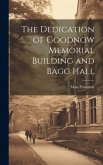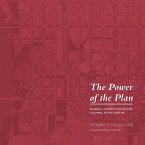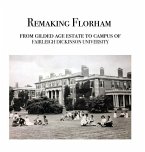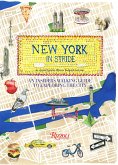In the story of English architecture, and the history of Cambridge University in particular, Downing College occupies a very special place. Founded in 1800 through the will of the third Sir George Downing, Baronet, it was the first new college to be built in Cambridge for more than 200 years; the first major scheme in the neo-Classical Greek Revival style; and the first instance of the spacious campus plan in collegiate architecture, acting as the precursor to Thomas Jefferson's University of Virginia and the American campus universities that were to follow. For the last 215 years the College has been fully committed to the defining style of its original buildings for all subsequent additions to its spacious site in the centre of Cambridge, and the story of its architecture is traced from the earliest plans and ideas through to the college of today. Contents: 1. The Cambridge Colleges before 1800 and Downing; 2. Born of a Romantic Age: Downing, Last of the Old Colleges, First of the New; 3. Concepts and Ideas: the Competition to Build Downing's College; 4. Twentieth Century Architects to 1983; 5. Contemporary Downing and the Architecture of Quinlan and Francis Terry; 6. Recent Projects.
Hinweis: Dieser Artikel kann nur an eine deutsche Lieferadresse ausgeliefert werden.
Hinweis: Dieser Artikel kann nur an eine deutsche Lieferadresse ausgeliefert werden.

